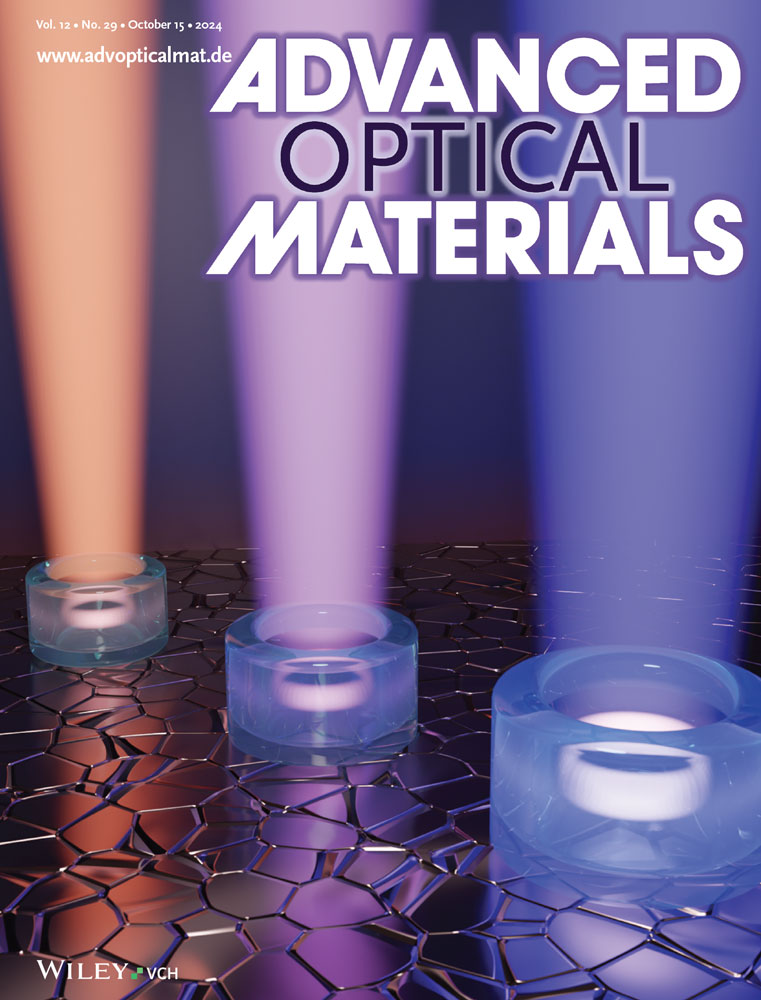Wednesday 24/05/2023, 12:00
FORTH Seminar Room 1
Prof. Pierre Renucci LPCNO, INSA Toulouse, CNRS, Toulouse, France
e-mail: [email protected]
Abstract
Electrical spin injection into semiconductors is a pre-requisite for semiconductor spintronics, where the spin (in addition to the charge) of the carriers would carry information. A possible way to perform an efficient electrical spin injection is to use ferromagnetic metals (Co, CoFeB…) as spin injectors, and to cross the metal/semiconductor interface through a tunnel barrier (MgO, SiO2…). Among the possible systems, spin optoelectronic devices (spin light-emitting diodes, spin lasers and spin photodiodes), where the carrier spin can be converted into photon helicity (and vice-versa), have gained intensive interest in the last decade. The potential applications are optical free-space communication, 3D displays, biomedical analyses…. However, according to the optical selection rules for surface emitting devices, it is usually necessary to apply a strong external magnetic field in the range of a few Teslas on the conventional magnetic electrodes with in-plane magnetization in order to rotate it out-of-plane and inject spins oriented perpendicularly to the interface. A magnetic field of the same amplitude is also necessary to switch the magnetization and thus the light helicity. Using such large magnetic field is impossible for the practical applications. In this talk, progress on SpinLEDs based on Perpendicular Magnetic Anisotropy (PMA) CoFeB/MgO spin injectors will be presented, where spin injection occurs without the need of any external magnetic field. In particular, electrical spin injection into a single InAs/GaAs quantum dot will be evidenced at zero magnetic field, as well as electrical initialization of nuclear spins in the dot. Finally, we will present very recent advances concerning the switching of the magnetic electrode, that can be performed by electrical means. The switching relies on the Spin Transfer Torque (STT) effect using an auxiliary spin current generated by charge/spin conversion (by Spin Hall Effect SHE) of a lateral auxiliary charge current propagating in the Ta/CoFeB electrode. Large circular polarization of the light (>30%) emitted by the spinLED, and robust electrical switching of the photon helicity have been demonstrated at room temperature.
